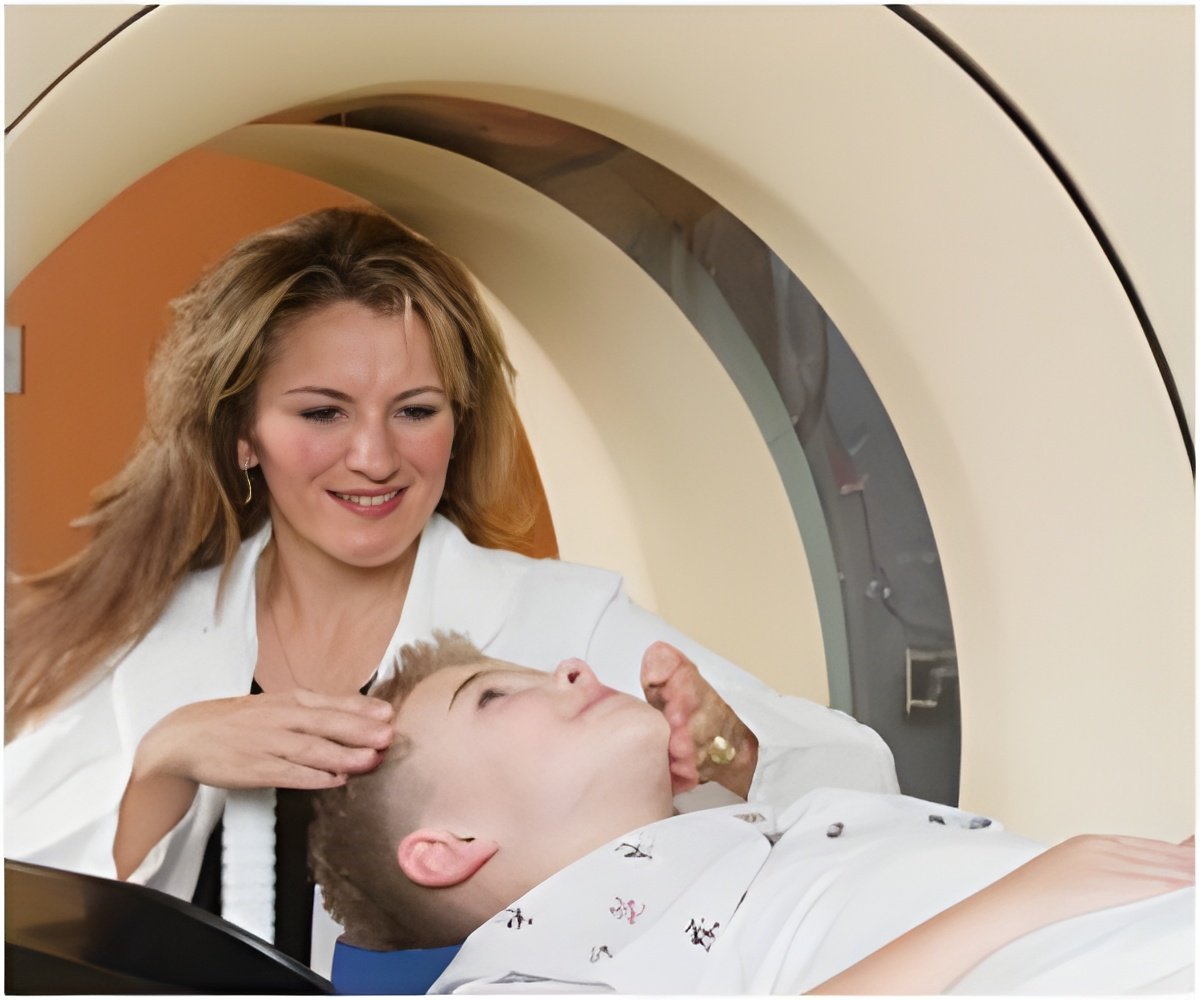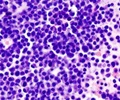Low dose whole body CT is nearly four times better than radiographic skeletal survey, standard care in US.

Low dose whole body CT was significantly better than radiographic skeletal survey in detecting lesions in the spine, ribs, sternum and flat bones, added Dr. Princewill.
The use of low dose whole body CT is accepted in Europe as an accurate alternative to radiographic skeletal survey for detecting bone lesions in these patients, said Dr. Princewill. A concern about radiation dose may be one of the reasons why it is not widely accepted in the U.S., he said. "Our study employed a low dose protocol, with an average recorded CT dose of 4.1 mSv. That compares to 1.8 mSv for the radiographic skeletal survey. Using modified protocols and exposure parameters, we were able to significantly reduce the radiation doses to our patients without significantly compromising the image quality required to detect myeloma lesions. The average CT dose used in our study was approximately nine times lower than doses used in the acquisition of standard body CT studies," Dr. Princewill said.
The study is being presented on May 2 at the American Roentgen Ray Society annual meeting in Vancouver, Canada.
Source-Eurekalert









